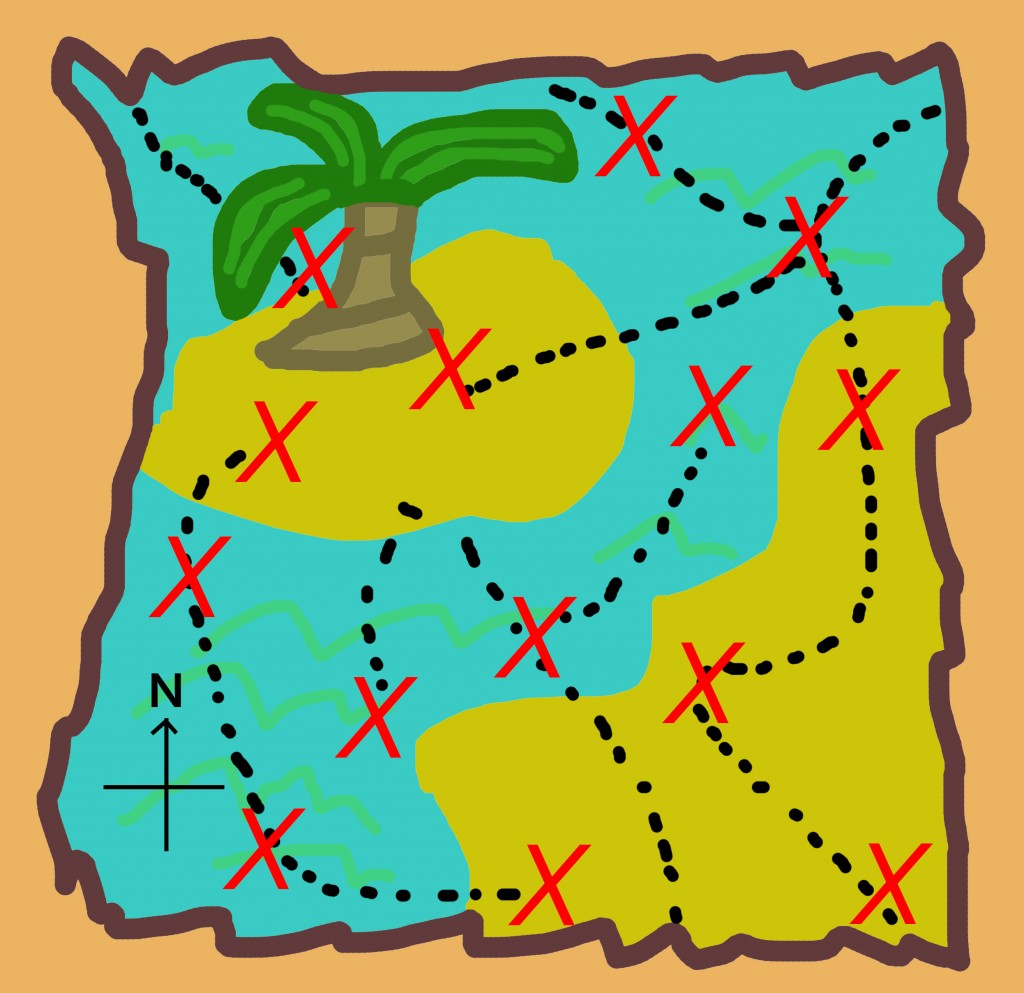 While on an expedition through the ARTstor Digital Library’s more than 1.9 million arts and humanities related images, you might use ARTstor’s robust search and filtering functionality to hunt for specific images or works of art. Alternatively, you might choose to set your course for the many phenomenal collections housed in ARTstor from institutions around the world. From the Barnes Foundation to the Berlin State Museums (Staatliche Museen zu Berlin), high quality images from noteworthy institutions are available for your adventures in teaching and study. You can navigate to the full list of Collections from the ARTstor Digital Library’s home page.
While on an expedition through the ARTstor Digital Library’s more than 1.9 million arts and humanities related images, you might use ARTstor’s robust search and filtering functionality to hunt for specific images or works of art. Alternatively, you might choose to set your course for the many phenomenal collections housed in ARTstor from institutions around the world. From the Barnes Foundation to the Berlin State Museums (Staatliche Museen zu Berlin), high quality images from noteworthy institutions are available for your adventures in teaching and study. You can navigate to the full list of Collections from the ARTstor Digital Library’s home page.
Not sure where to start your browsing voyage? How about with the QTVR Panoramas of World Architecture from Columbia University. QuickTime Virtual Reality (QTVR) files allow viewers to experience 360 degree panoramas. ARTstor and Columbia University have teamed up to provide almost 1,900 QTVR panoramas of architectural spaces in Bolivia, England, France, Greece, Italy, Japan, Peru, Turkey, and the United States. Not only does such an experience contribute to our sense of awe and wonder, but it also aides in the study and teaching of historic monuments. Understanding the functionality and scale of an architectural space is often difficult through still images alone. While a QTVR file is no stand in for the Pantheon in Rome or Hagia Sophia in Istanbul, it can certainly augment a viewer’s understanding of the space and what it would be like to travel to that spot. (Note: The VRC does not recommend Google Chrome when accessing QTVR files.)
Still on the ARTstor Collections page? Don’t forget to explore the JHU Visual Resources Collection, now available in ARTstor. The Collections page includes ARTstor collections, as well as Shared Shelf Institutional Collections where you’ll find the JHU Visual Resources Collection. Visit the Visual Resources Collection guide for more information about accessing the JHU Visual Resources Collection, and please do contact the VRC at vrc@jhu.edu with any questions about ARTstor or VRC services. For even more ways to find images, see the Images page on the library’s Art History guide, and see the Finding Images guide.
